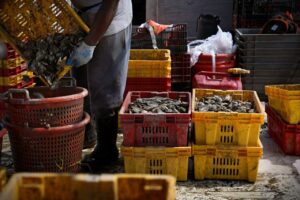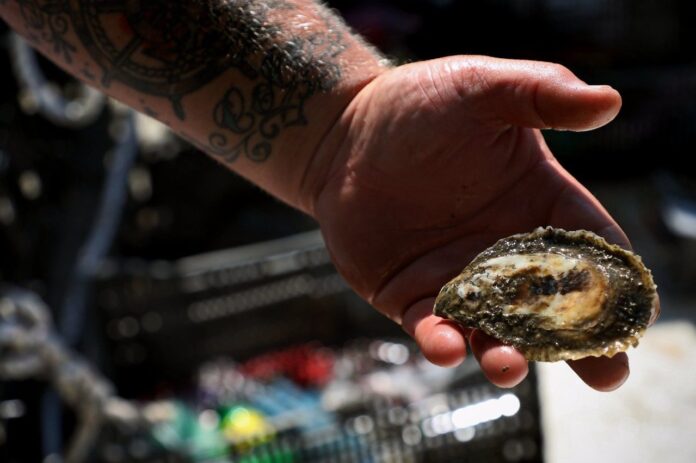Oysters, mussels, and scallops are the shellfish that are a vital component of coastal economies that are both sustainable and environmentally beneficial. However, in order to leverage these benefits of aquaculture, farming methods for shellfish must be improved.
To help bring aquaculture farming on par with its land-based counterparts, the Virginia Seafood Agricultural Research and Extension Center received a $750,000 subset of a $10 million grant from the U.S. Department of Agriculture as part of a multi-institutional effort to accelerate sustainable farming techniques.
The multidisciplinary team will develop technologies that allow for a sustainable framework for farming such shellfish as oysters, mussels, and scallops. This effort will incorporate a wide berth of smart technologies by combining modern technologies in the fields of robotics, agricultural automation, computer vision, sensing and imaging, and artificial intelligence.
Jonathan van Senten, an assistant professor in the Department of Agricultural and Applied Economics, Virginia Cooperative Extension specialist and affiliate faculty in the Virginia Tech Center for Coastal Studies – in collaboration with the University of Maryland, the University of Maryland Center for Environmental Science, University of Maryland Eastern Shore, Louisiana State University, Pacific Shellfish Institute, and the Fraunhofer USA Center for Experimental Software Engineering — will be analyzing the economic viability of the technologies developed by the other members of the team.
“There hasn’t been such a cohesive effort to address this set of challenges that exist in aquaculture before,” van Senten said. “The exciting part of this, for me, is this new approach to solving some of these decades-old problems through new technologies.”
The first step of this collaborative effort is for the group to take successful models and technologies and adapt them to meet the harsh aquatic environments – such as corrosive saltwater, currents, storms, and animal interactions, all difficult factors to overcome.

Implementation of the future technologies will have a cost, and van Senten will study the impact of these technologies on the economics of shellfish farmers in the Chesapeake Bay.
Van Senten’s efforts will include analyzing the cost of implementation of the new tech, along with weighing that cost against potential gains when compared to current methods.
“The current state of the seafood markets exacerbated the need for automation and more precise handling of inventory and stock for these farms,” van Senten said. “This technology could provide a way to maximize inventory to ensure that farmers are getting 100 percent of the market-ready product and not harvesting anything that is not ready to be sold.”
There are environmental benefits to implementation as well. Dredging, a current harvesting processes for shellfish, relies on casting a net or cage and dragging across the bottom of a body of water, catching buried shellfish. This process could be harmful for the health of habitats needed for shellfish and other species.
The technology to be developed by this grant, such as underwater drone monitoring, could allow for targeted harvests and improved success rates that can help protect these underwater ecosystems.
“This is a perfect example of the benefits of a multidisciplinary team – everyone will be bringing their unique insights and experiences to the table to make this successful,” van Senten said.
With each of their areas of expertise, the multidisciplinary team will work to develop technologies to help aquaculture farming methods leverage land-based farming methods to help farmers and ecosystems alike.

